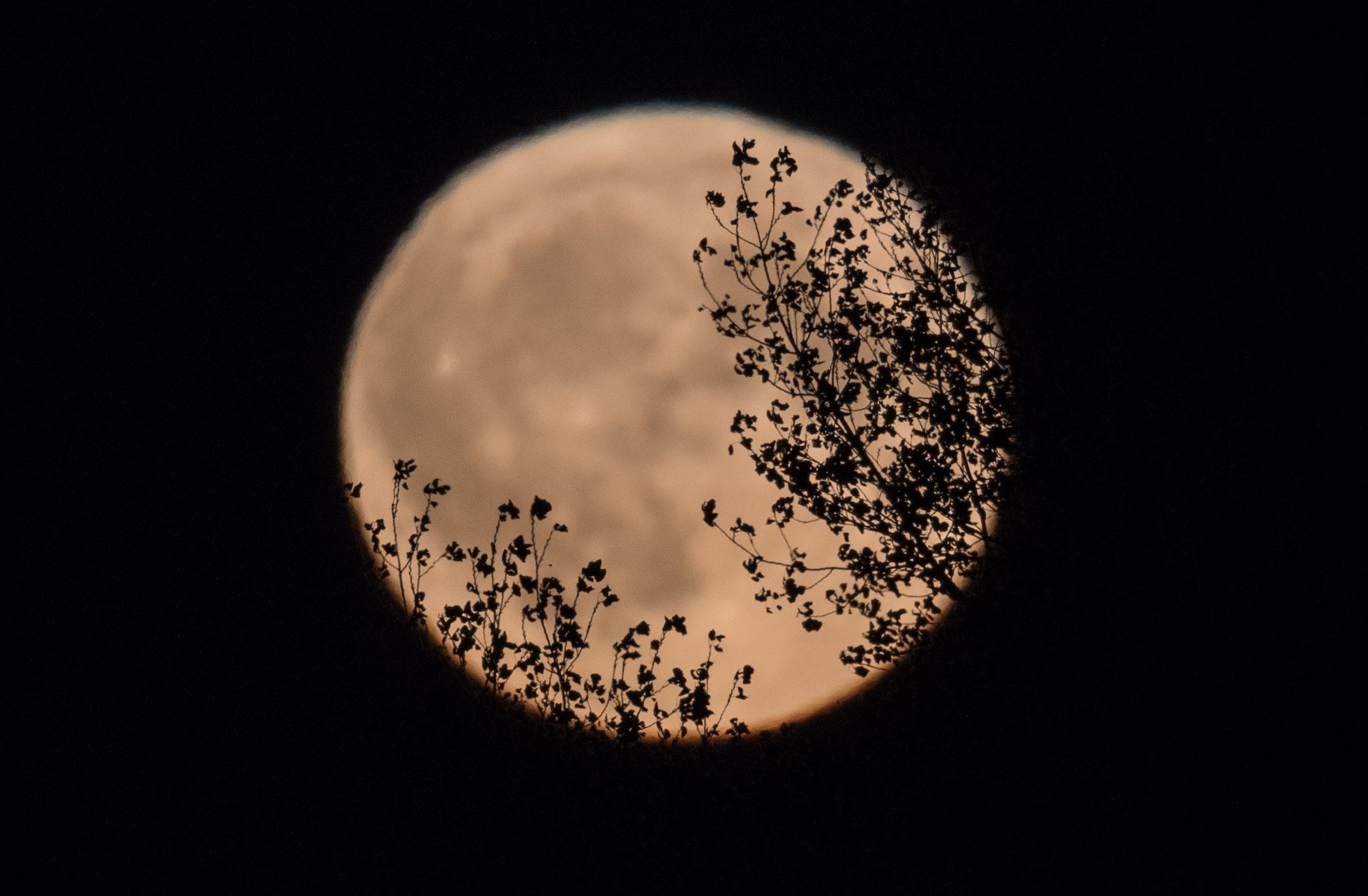Buck Moon: Why tonight’s full Moon has such an unusual name

The full “Buck Moon” is set to rise in the sky.
But the name doesn’t refer to anything special about the Moon itself. Instead, it is the name it takes whenever the full moon arrives in July.
As such, there won’t be anything notable to see about the Moon when it is visible in the sky, beyond all the usual view that comes with any full moon. Unlike a super moon, or a lunar eclipse, or similar celestial sights, the Moon will look the same as normal.
(As noted by some US news organisations, however, the Moon could look a little red or orange – but because of the wildfires that are burning across the west of the country, rather than any astronomical reason.)
The name Buck Moon is supposedly Native American in origin, and comes from the fact that it is around now when buck deer begin to sprout antlers from their foreheads. The Maine Farmer’s Almanac is the source of many of the names for the Moon that have become popular, which run from the Old Moon in January to the Cold Moon in December.
It is also known under a variety of different names. In Europe, it is sometimes called the Hay Moon because it comes at the time it is harvested, or the Mead Moon; those names are sometimes applied to the Moon in June too, however.
It is also the Guru Full Moon, or Guru Purnima, for Hindus, Buddhists, and Jains. As noted by Nasa, that is celebrated as a “time for clearing the mind and honoring the guru or spiritual master”.
And for Theravada Buddhists, the Moon is known as Asalha Puha, Dharma Day or Esala Poya. Its arrival marks an important festival that celebrates the Buddha’s first sermon.
While this year has seen a run of supermoons, there won’t be another one for almost a year – the next one will occur on 14 June, 2022.
Join our commenting forum
Join thought-provoking conversations, follow other Independent readers and see their replies
Comments
Bookmark popover
Removed from bookmarks